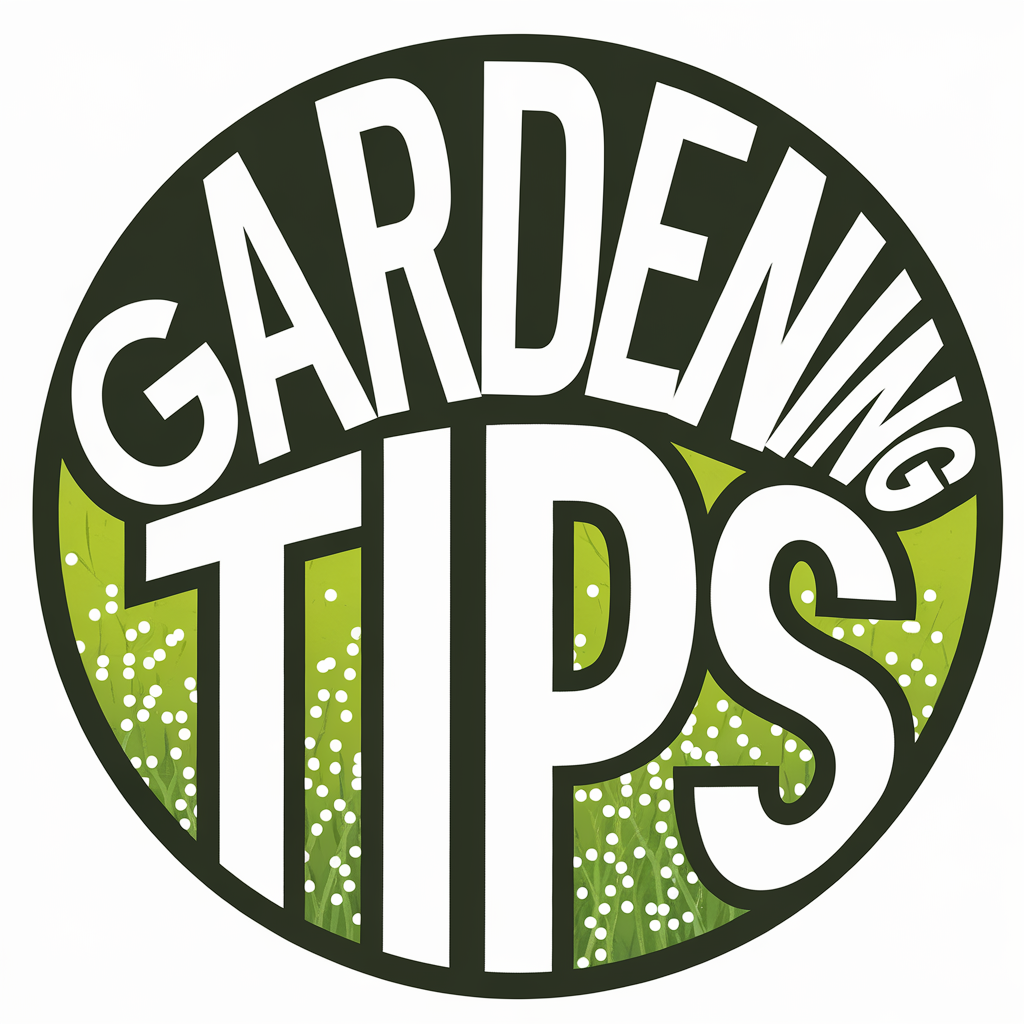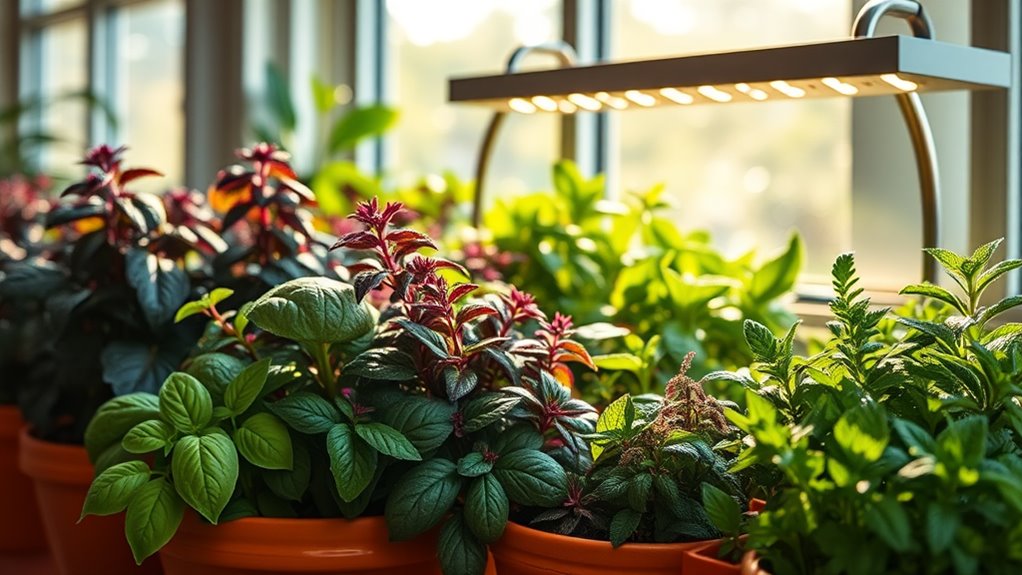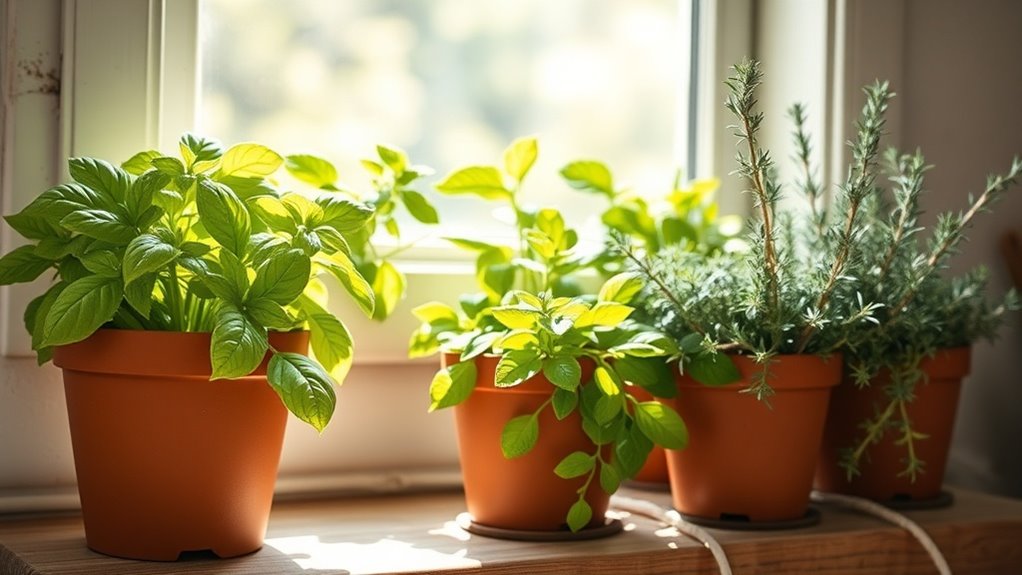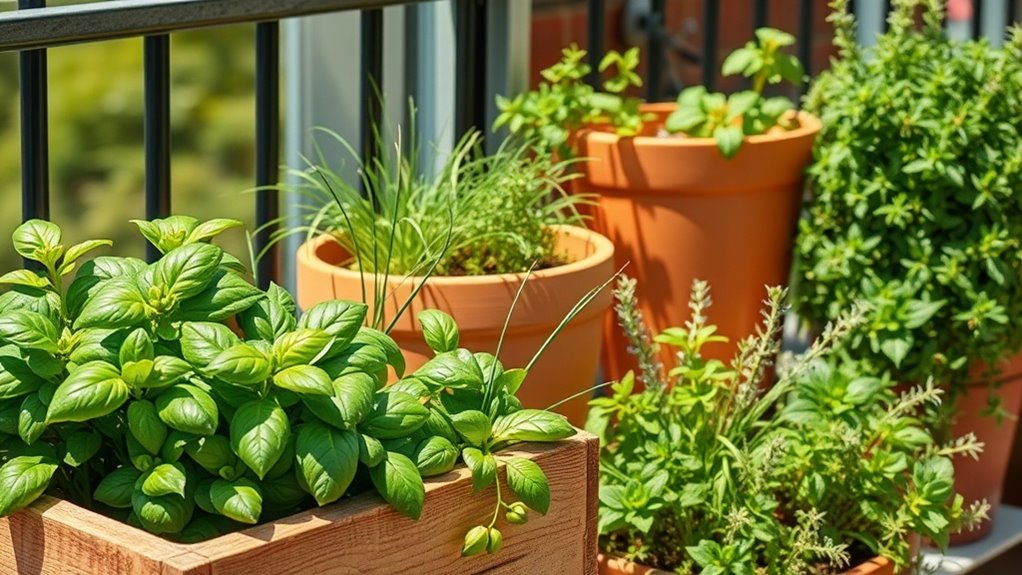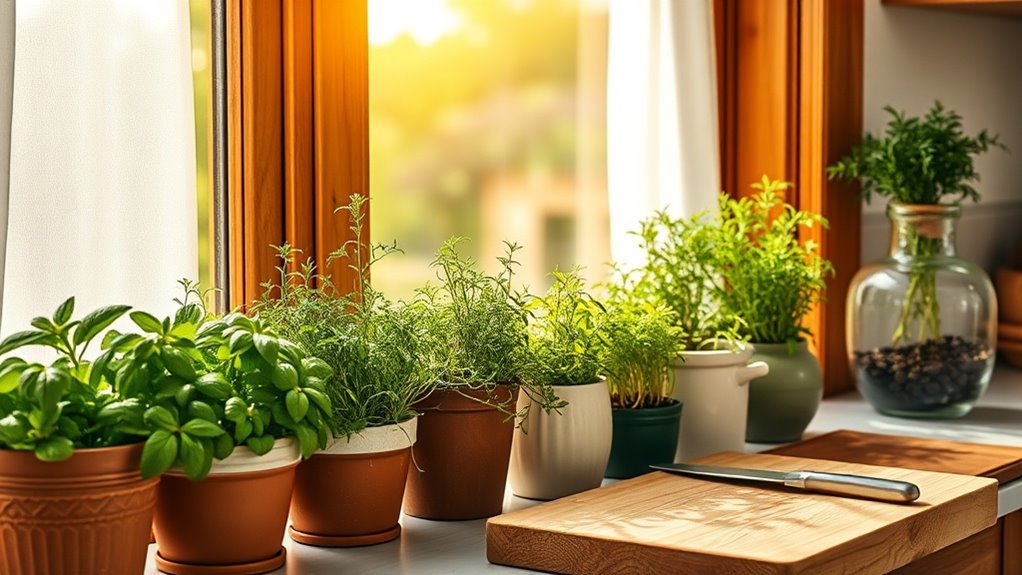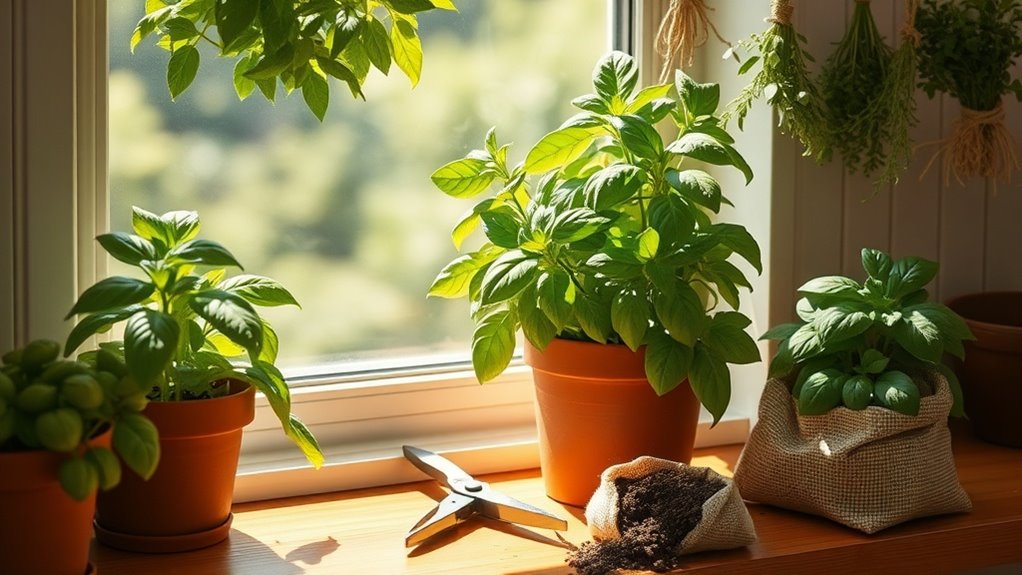This Trick Helped My Herbs Thrive Indoors All Year
Like a chef choosing the freshest ingredients, nurturing herbs indoors requires careful consideration of several factors. You need to ensure they get the right amount of light, suitable soil, and optimal watering practices. Even minor adjustments can make a significant difference in their growth. Are you ready to transform your indoor gardening experience and discover the essential tricks for creating a thriving herb garden year-round?
Choosing the Right Herbs for Indoor Growth
When you’re selecting herbs for indoor growth, it’s essential to consider not only the available light but also your cooking preferences.
Opt for varieties like basil, mint, and parsley that thrive indoors and complement your dishes. These herbs not only enhance flavor but also provide fragrance, making indoor herb growing a rewarding experience. Additionally, creating a simple indoor herb growing setup can make caring for your plants easier and more enjoyable. Choose wisely, and enjoy fresh ingredients year-round!
The Importance of Light for Indoor Herbs
Most herbs thrive in bright, indirect sunlight, requiring at least 6-8 hours daily. If natural light is limited, consider using grow lights to supplement their needs. Additionally, in extreme heat, be mindful of keeping your herbs hydrated, as higher temperatures can lead to quicker evaporation of moisture in the soil. Monitor your herbs’ growth closely; yellowing leaves often signal insufficient light, so adjust accordingly to keep them healthy and vibrant.
Optimal Soil and Pot Selection
Choosing the right soil and pot is crucial for the success of your indoor herbs. Opt for well-draining, nutrient-rich soil, and select pots with drainage holes.
Here are some tips to guide you:
- Use potting mix specifically for herbs or vegetables
- Choose pots that allow growth; 6-8 inches wide is ideal
- Consider lightweight materials like plastic or clay
- Avoid overly large pots to prevent waterlogging
In addition, many herbs, such as low-maintenance herbs, thrive in these conditions, making it easier for you to maintain a vibrant indoor garden.
Watering Techniques That Promote Growth
While you may be eager to see your indoor herbs flourish, mastering the art of watering is essential for their growth.
Start with a moisture meter or simply feel the soil; water when it’s dry an inch down. Use room temperature water and aim for even saturation, avoiding soggy soil.
This promotes healthy roots, allowing your herbs to thrive and flourish indoors. Additionally, consistent watering techniques can prevent overwatering and underwatering, ensuring optimal hydration for your plants.
Fertilizing Your Indoor Herbs
Fertilizing your indoor herbs is a crucial step in ensuring robust growth and vibrant flavor.
You’ll want to choose the right fertilizer and apply it correctly:
- Use a balanced liquid fertilizer every 4-6 weeks.
- Opt for organic options to enhance flavor.
- Dilute the fertilizer to avoid root burn.
- Monitor the growth; adjust frequency as needed.
Healthy herbs need proper nourishment! Incorporating organic gardening tips can further boost the vitality of your indoor plants.
Maintaining Ideal Temperature and Humidity Levels
After ensuring your indoor herbs receive the right nutrients, focusing on temperature and humidity is key to their thriving.
Keep your herbs in a spot where temperatures range from 65°F to 75°F.
Use a hygrometer to monitor humidity levels, aiming for 40-60%.
If your air’s too dry, consider a humidifier or placing a tray of water nearby to create a more favorable environment.
